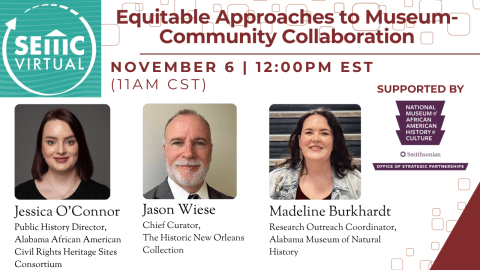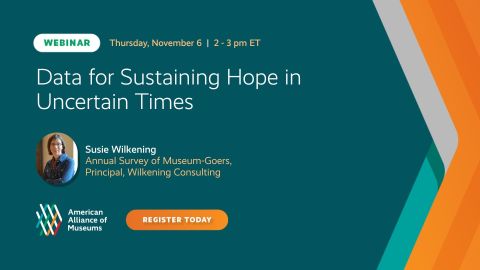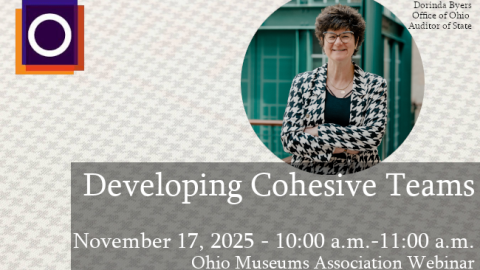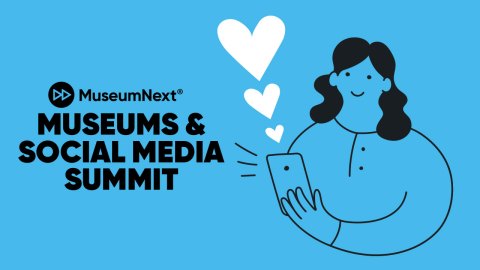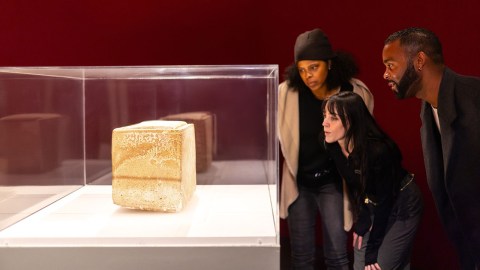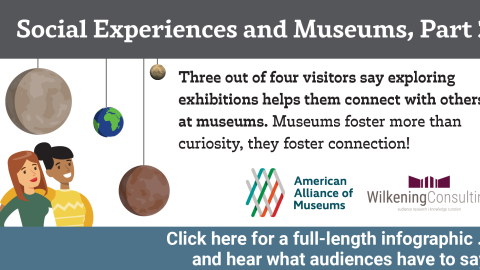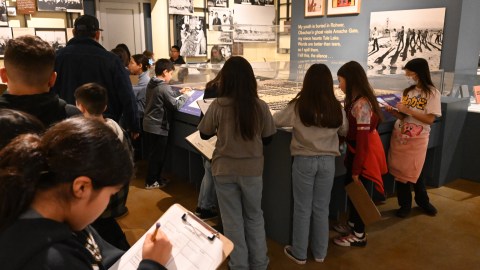Today’s guest post is by Sally Yerkovich, director of the Institute of Museum Ethics at Seton Hall University and instigator of the Forecast on the Future of Museum Ethics. You can catch up on previous news from the forecast here.
At the AAM annual meeting in Minneapolis this past May, I led the Idea Lounge session Writing a Museum Ethics Code for the Future. This is the latest step in the forecasting exercise that the Institute of Museum Ethics at Seton Hall University and the Center for the Future of Museums have been conducting over the past year. The session yielded three discussions that gave us further food for thought as we prepare a final report for the field.
Six oracles—Bob Beatty, Colleen Dilenschneider, Erik Ledbetter, James Leventhal, Sarah Pharaon and Holly Witchey—led conversations on the themes of accessibility and diversity; conflict of interest and control of content; collecting and deaccessioning; and transparency and accountability. They sorted through the issues that our forecasters already identified as key, but separating those that are clearly ethical in nature from those that are reflective of general concerns and part of the bigger, changing picture for museums.
Overall, the Idea Lounge suggested that our forecasting exercise is the beginning of a much larger, field-wide conversation that needs to continue rather than a definitive identification of future ethical challenges. Repeatedly, participants stressed the need for wider dissemination of the current AAM code of ethics as well as training on how to tackle ethical dilemmas for both staff and board members.
Specifically, the group discussing accessibility and diversity called for a better definition of “accessibility”—what do we really mean by it?—as well as an articulation of why it is important. This group also suggested that the current AAM standards are very museum-centered and that perhaps the standards need to be reframed with various museum audiences in mind.
When it came to the themes of transparency and accountability, participants said clearly that both are with us to stay—even if many museum people feel uncomfortable about freely making information about their institutions publicly available. They added that if a museum is seen as transparent, it gains social capital and the assumption of good faith, and is often given the benefit of the doubt when difficult situations arise.
The same group tackled questions relating to collections and deaccessioning. One conclusion they reached is that over-collecting may be as much of an ethics issue as deaccessioning. They also felt that the discussion of the latter should start with an evaluation of a museum’s overall management (especially financial management, strategies) because the use of funds from deaccessioning for ongoing operating costs is usually the symptom of a deeper problem.
Finally, the group discussing control of content firmly declared that the issues arising around community curation do not necessarily involve ethical issues but can bring other challenges to institutions. These challenges vary by discipline. They noted that general, field-wide guidelines would not be effective in this area because the ethical issues are usually quite site-specific and subtle. Instead of creating a more prescriptive code of ethics for the field, some in the group suggested that what we need is increased training in ethical decision-making, including a compilation of case studies or scenarios that could be used for guidance.
Should AAM revisit its current code of ethics? There was a split of opinion on this question. Some felt that the field is too diverse to generate a code of ethics that would be helpful to all museums. Others argued forcefully that museums, as a community, are the caretakers and interpreters of our cultural, scientific and biological heritage; as such, museums need a well-defined and explicated set of moral imperatives as well as a community-wide dialogue about them.
The Oracles facilitating the discussion all agreed that more discussion and debate is needed. Leventhal commented that participating in the forecasting exercise, along with the follow-up discussion in Minneapolis, gave him an opportunity to look beyond our current, sometimes daunting challenges—and to be reminded of how “young” we are as a profession, and how much potential we have for the future.
It’s hard to think of a better spin to put on our many forecasting conversations—both virtual and face-to-face! Stay tuned for the next steps as we prepare a compilation of all the forecasting feedback we have been gathering this past year.

